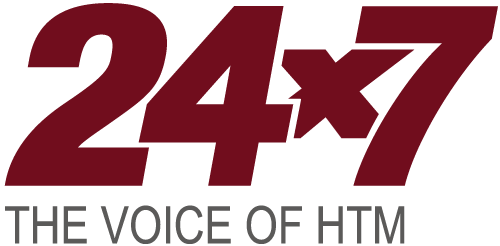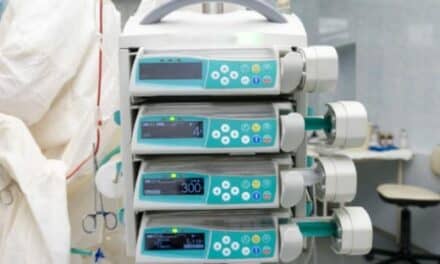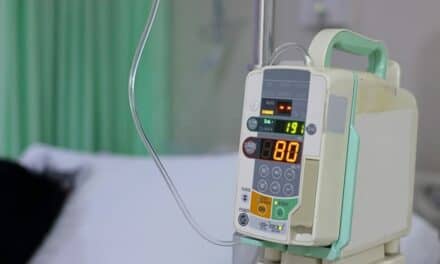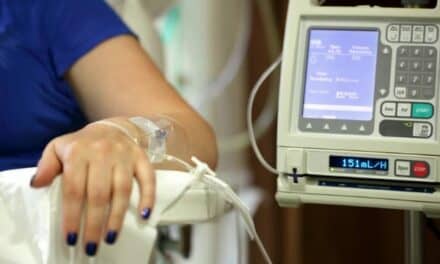Effective stakeholder analysis and requirements gathering are critical to safe, compliant infusion system design.
By Rajani Kumar Sindavalam, BTech, PGCBM, PMP
In medical device development, early and effective stakeholder input is essential—particularly with complex technologies like infusion systems. Identifying the “right” problem to solve is as crucial as solving it right—and success begins with understanding who the stakeholders are and accurately capturing their needs.
Infusion systems are a prime example, involving a complex web of interactions between users (such as nurses and patients), maintainers (like biomedical engineers), and regulators (including the FDA and notified bodies), as well as other clinical, technical, and organizational roles.
The same principle applies across many types of medical devices, and overlooking key stakeholders early on can lead to design gaps, usability issues, and regulatory challenges downstream.
Why Stakeholder Analysis Matters
Effective infusion pump development requires input from a diverse group of stakeholders, each with unique needs, responsibilities, and expectations. Understanding and engaging these groups early is critical to ensuring the device’s safety, usability, and regulatory compliance.
These stakeholder groups span the full lifecycle of infusion pump development and use, including:
- Clinical Users
- Nurses: Primary operators for programming and administering therapy
- Physicians/Doctors: Determine therapy regimens and dosage
- Anesthesiologists: Use pumps for sedation and intraoperative medications
- Pharmacists: Define drug libraries and compatibility protocols
- Patients and Caregivers
- Hospitalized Patients: Recipients of infusion therapy
- Home-care Patients and Family Members: End users of ambulatory pumps
- Pediatric or Geriatric Patients: Have unique usability/safety needs
- Technical and Operational Support
- Biomedical Engineers/Clinical Engineering Teams: Maintain and troubleshoot pumps
- Field Service Technicians: Handle installation, calibration, and repair
- IT Personnel: Responsible for network integration and cybersecurity support
- Business and Quality Functions
- Product Managers: Define market/user requirements and strategic direction
- Quality Assurance and Regulatory Affairs: Ensure design control and compliance
- Manufacturing Engineers: Translate design into scalable production
- Regulatory and Oversight Bodies
- FDA / EMA / Notified Bodies: Ensure compliance with standards and regulations
- Health Technology Assessment Agencies: May evaluate cost-effectiveness or adoption
- Third-party Ecosystem Stakeholders
- Integration Vendors: Companies enabling EHR and device connectivity
- Standards Bodies: HL7, IEEE 11073, IHE for interoperability
- Insurance Providers/Payers: Influence product adoption and reimbursement
Methods for Effective Stakeholder Analysis
To effectively carry out stakeholder analysis, a structured approach includes:
- Stakeholder Mapping: Begin by identifying and categorizing stakeholders into primary (direct users), secondary (maintainers and regulators), and tertiary groups (vendors, insurers). Create a visual stakeholder map (power-interest or responsibility-influence matrix) to prioritize stakeholders based on their impact and influence on device requirements.
- Contextual Inquiry: Conduct on-site observations or shadowing sessions in clinical environments (ICU, ambulatory settings) to observe device usage in real-world contexts. Document workflows, interactions, and environmental factors to uncover implicit user needs.
- Voice-of-Customer Studies:
Deploy surveys, structured interviews, or focus groups with key stakeholders (eg, nurses, pharmacists, biomedical engineers). Use standardized questionnaires and capture both qualitative and quantitative data to validate stakeholder needs and expectations. - Regulatory Landscape Analysis:
Systematically review current regulatory requirements, recent 483 observations, FDA guidance documents, and emerging standards (IEC, ISO, FDA guidance). Create a regulatory requirement matrix to ensure comprehensive coverage of compliance needs.
Implementing these methods systematically will ensure thorough stakeholder involvement and comprehensive requirement elicitation.
Requirements Elicitation: Techniques, Pitfalls, and Regulatory Implications
Effective requirements elicitation is essential to ensure medical devices meet user needs, are safe for patients, and comply with regulatory requirements. Techniques commonly employed include structured interviews, workshops, use-case modeling, scenario analysis, and Failure Modes and Effects Analysis. Despite these rigorous approaches, teams frequently encounter challenges such as latent or conflicting requirements, insufficient user engagement, and evolving regulatory expectations.
Recent FDA inspections (Form 483 observations) and product recalls consistently highlight shortcomings in early-phase requirements elicitation processes. Common regulatory findings include inadequate requirement traceability, insufficient documentation of user needs, and incomplete verification and validation of critical device functionalities. Such gaps not only compromise patient safety and product effectiveness but also result in significant regulatory and financial implications for manufacturers.
Compliance with regulatory frameworks—such as 21 CFR Part 820.30 (Design Controls), ISO 13485:2016, and IEC 62366-1:2015—demands structured, thorough, and iterative requirements elicitation and documentation processes. By proactively addressing these critical areas, medical device developers can mitigate risks, ensure regulatory compliance, and deliver safe, effective, and high-quality products.
Translating Needs into Verifiable Requirements
Accurately capturing stakeholder needs is critical, but it is equally important to translate those needs into clear, precise, and verifiable requirements. Ambiguities at this stage can propagate downstream, leading to misinterpretations, design gaps, verification challenges, and potential compliance issues. Requirements must therefore be carefully defined, easily understood by all stakeholders, and suitable for verification and validation activities.
Industry best practices advocate the use of the SMART (Specific, Measurable, Achievable, Relevant, and Time-bound) framework to ensure clarity and objectivity.
Putting it into Practice
Stakeholder analysis and requirements elicitation are not checkboxes but strategic levers in medical device design. For infusion systems, where safety, usability, and compliance intersect, these activities establish the foundation for intelligent, risk-aware development.
To strengthen these efforts, consider the following best practices drawn from industry experience:
- Co-create use cases with clinicians
- Validate requirements iteratively
- Capture non-functional requirements early
- Maintain continuous stakeholder engagement throughout the lifecycle
Integrating these practices throughout the design process helps ensure that stakeholder needs are not only heard—but also translated into safe, effective, and compliant products.
ID 58898842 © Olivier Le Moal | Dreamstime.com
About the Author: Rajani Kumar Sindavalam is a senior technical manager and medical device leader at HCLTech. He has more than 19 years of experience supporting the development of medical technologies, including infusion pumps, bedside monitors, dialysis cyclers, and nerve stimulators.





